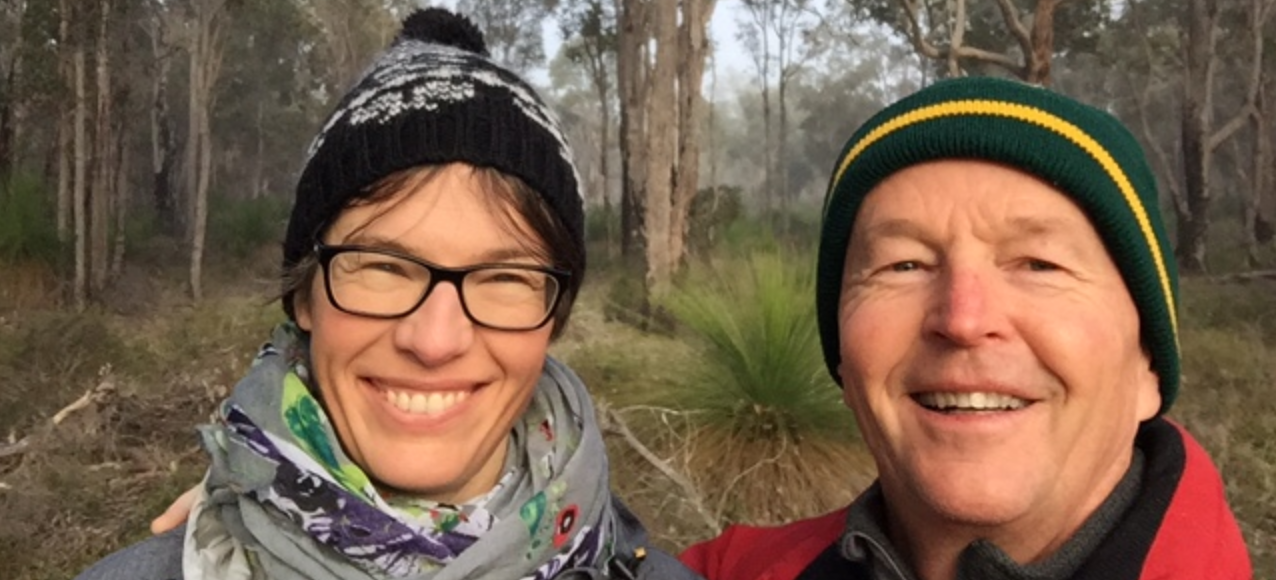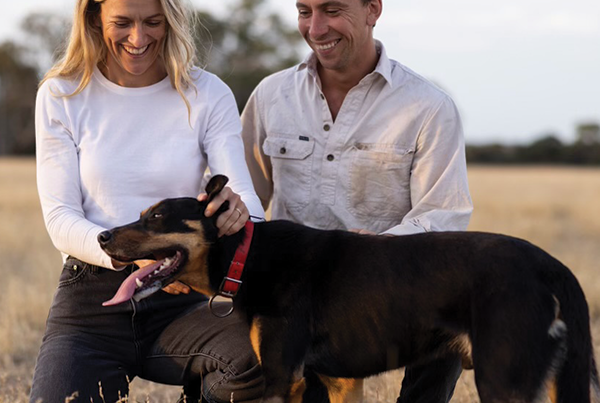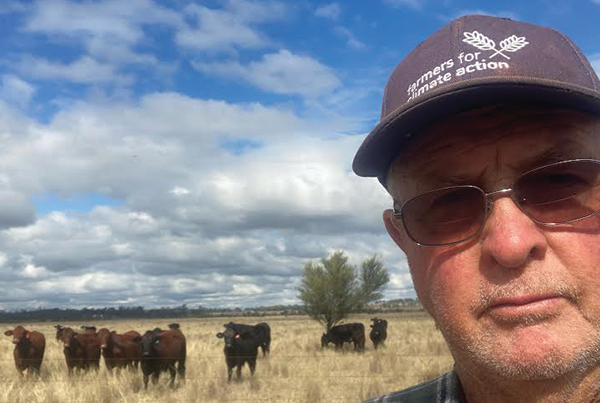
At a glance
Who: Norman Pater and Gita Sonnenberg
What: Gita and I run Gondwana Property which has four farms in Western Australia doing biodiverse farm revegetation. Total farm area is 6,500ha
Where: Three farms are in the Yarra Yarra corridor, abutting Canna Reserve, 500 km north of Perth. The fourth farm abuts Corackerup Reserve in Gondwana Link, 500 km south-east of Perth
Can you tell us about your property?
We bought our 3 Yarra Yarra farms in the Morawa shire in 2018. They are on marginal land which cannot be used profitably for growing common food crops. Rainfall is supposedly 330mm per annum. We plant native trees and shrubs bio-diversely and intend to sell the carbon credits.
Our focus is on three main objectives: first to sequester carbon, second to sell carbon credits and thereby offering a tested business model to other farmers, and finally to bring back biodiversity of flora and fauna. After years of climate activism, we looked for a business model here in Western Australia that would take climate action to ‘help build the world we want’ and found that revegetating cleared marginal land is one of the most viable ways of getting CO2 out of the atmosphere.
We planted most of our trees in 2018 and now have a total of 3,500ha planted with local native seed varieties. We don’t use any herbicides or pesticides, and we don’t poison or cull. We found that this works fine – nature has a way of restoring balance if you leave it. The seedling survival rate is about 95% after 18 months.
We control fire risk by agisting sheep from neighbours. We work with a farmer who uses a regenerative agriculture approach, keeping stocking light to limit the amount of impact from livestock on the properties and aiming for incomplete utilisation of all of the available feed.
Our farms help connect existing bush reserves so corridors are formed to protect wildlife and bring back biodiversity.
What first got you thinking about climate change?
For me, the turning point came after meeting Al Gore in 2011. Before that, I was a businessman and not very aware about what was going on. Al Gore’s Climate Reality Project opened my eyes and made me want to be part of the solution. I’ve been involved with several environmental campaigns here in Western Australia, notably against the gas fracking industry which I find so heinous. But I realized I wanted to help build the new world and looked for ways of developing clean green business here in WA. Paul Hawken’s Drawdown project lists all the solutions for lowering CO2, and soil-related solutions (trees, forests, regenerative agriculture) is very high on the list
How has climate change impacted on your farm business?
Warming and drying trends have rendered the farms unusable for regular agriculture on a profitable basis. So land has become available for revegetation. Most trees are fine, fortunately – even though this year to date has been particularly dry: so far we’ve had about 230mm instead of the usual 330mm.
The big risk for us, given this is at least a 100-year project, is that conditions become too dry and hot for our plantings to survive. We doubt this is an insurable risk.
What are some of the climate-smart strategies you’ve been employing and how successful have they been?
We choose local biodiverse seed species or even ones that grow in drier areas east and north-east, in the rangelands. We make sure there is enough ground cover by not letting the sheep overgraze and by not using herbicides.
We plant on high rainfall days, deeper than usual. To date we’ve had high survival rates – about 95% on average.






